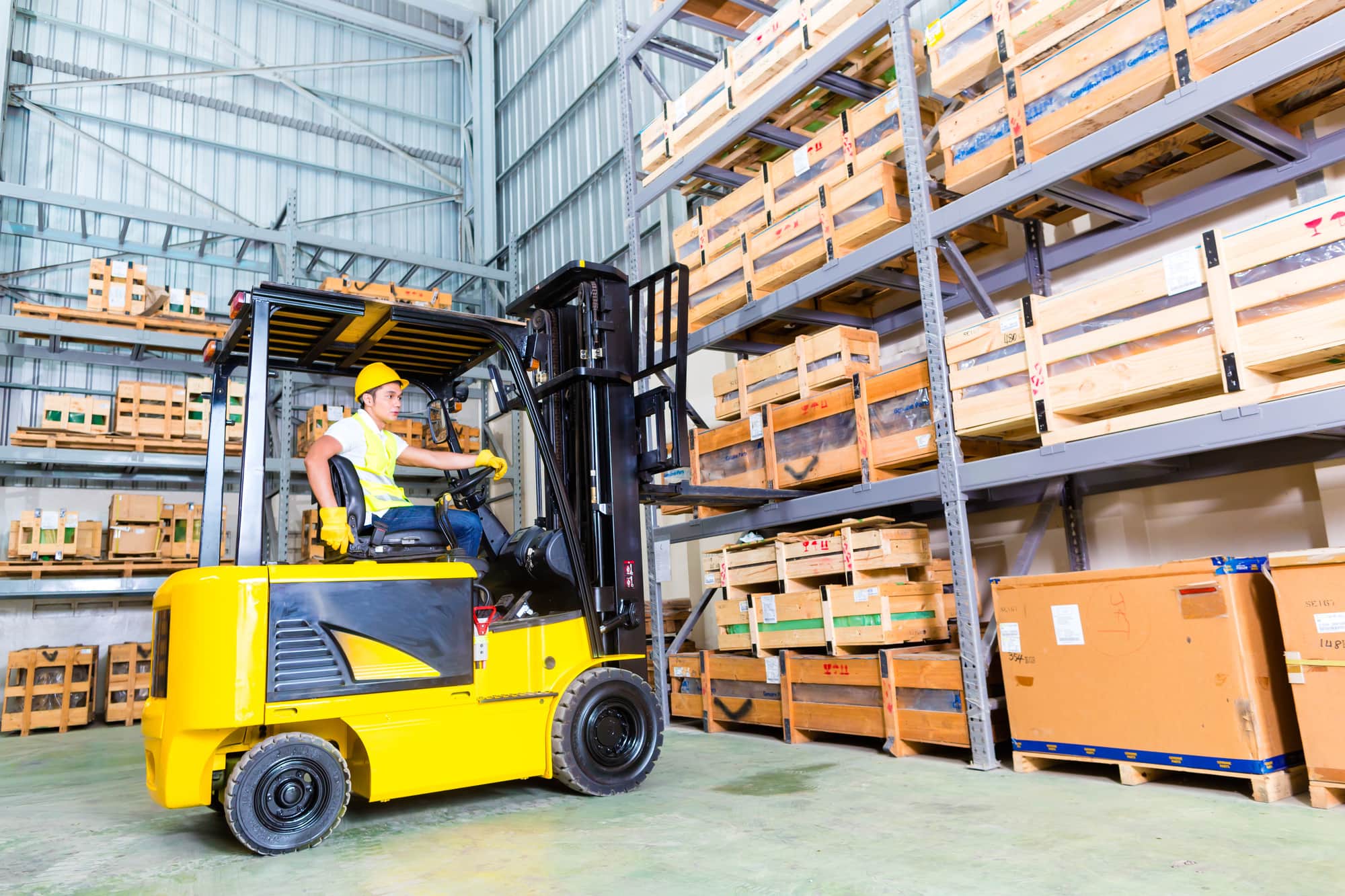Did you invest in a new fleet of forklifts? If so, the best way to maximize your investment is to maintain them regularly.
A forklifts maintenance guide should include the inspection of fluids, tires, and exterior components. More importantly, rely on your owner’s manual to maintain the forklift comprehensively.
This article will provide vital forklift maintenance tips. Let’s explore.
Checking Fluids
Forklift maintenance should include checking all fluid levels. The three most important fluids include:
- Brake fluid
- Power steering fluid
- Hydraulic fluid
The hydraulic fluid is the most important fluid in a forklift. It facilitates the forklift’s ability to lift and steer. To check the hydraulic fluid, use an oil dipstick.
Use a dipstick that’s specific to your forklift model. After locating the dipstick, proceed with the following steps:
- Park the forklift on an even level
- Lower the fork to the ground
- Pull out the dipstick from the forklift
If the fluid is below level, top off the forklift with a hydraulic fluid according to the manufacturer’s instructions.
The brake fluid levels are easier to read, as you can check the plastic reservoir and read the fluid line. The brake fluid level should remain the same.
Low brake fluid indicates a leak or worn brakes. If your fluid level is low, check the brakes immediately.
A power steering reservoir should comprise the same plastic composition as a brake fluid reservoir. You may come across two fluid lines, one for a hot engine and one for a cold engine. Read the hot engine if the engine is hot and vice versa for the cold engine level.
Check Tires and Tire Pressure
When it comes to tires, check the overall condition. In hazardous zones, the tires can go through tremendous wear as it contacts rough surfaces and nearby objects. If you notice missing chunks or torn treading, consider replacing the tire.
Moreover, check the tire to see if the treads are bald, and replace them as necessary. Further, use a pressure reader to check the tire pressure.
Overinflated or underinflated tires complicate steering and can further degrade the tires. Underinflated can foster steering issues, and overinflated tires can cause stopping issues.
Visible Signs of Wear
In addition to tire inspections, check the overall condition of the forklift. Since forklifts lift heavy items daily, the chance for wear and tear is more likely.
Additionally, the forklift may brush against an object, tearing away OSHA-required inspection stickers. Therefore, ensure all necessary decals and stickers are in the right place.
Overall, check the condition of the exterior. Inside the driving hub, look for anything unusual, such as frayed wiring or missing buttons. Also, clean the interior compartment of the forklift, wiping away crumbs or stains.
A Forklifts Maintenance Guide for Lifespan Maximization
To prolong the lifespan of your forklift, a forklifts maintenance guide should include checking fluid levels, checking the tires, and checking for interior and exterior signs of wear. The most important fluids include power steering fluid, hydraulic fluid, and brake fluid.
You should also check the interior and exterior components of the forklift, including the tires. More importantly, report unusual findings to management.
What to know more about forklift safety tips? Click here to learn more about safety and discipline.

